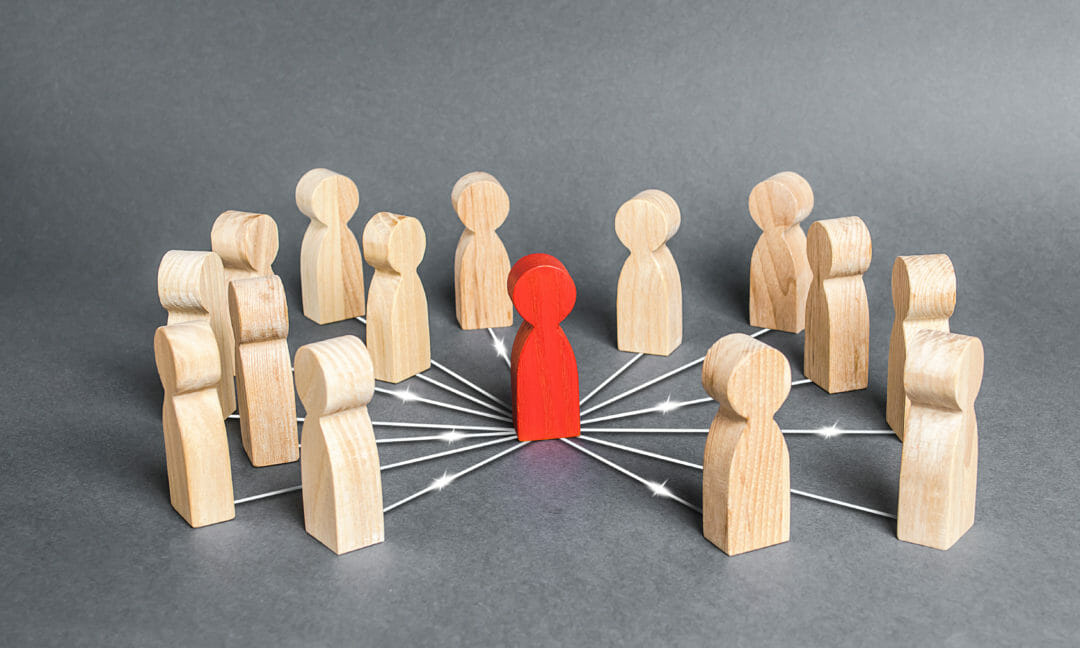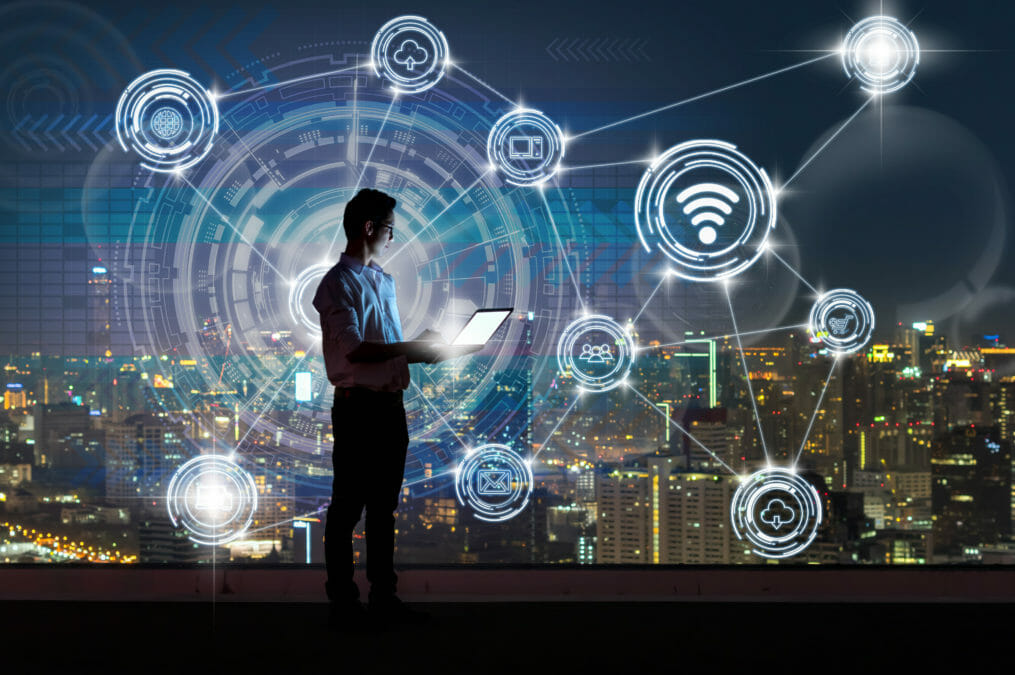Replicating the well-practiced B2C model, B2B organisations are increasingly using IT in customer experience projects.
The goal is ‘simple’: to give customers a similar experience to the one they would receive in a consumer setting; timely, proactive and consistent.
IT is the vehicle to this customer experience transformation.
To find out about this trend, Information Age spoke to four experts who explained the growing use of IT in customer experience projects, it’s necessity and how B2B organisation’s can implement this change.
1. A holistic view
Chris Pope, VP of innovation at ServiceNow, explains that as “companies scale their customer support operations, they should take a holistic view over the customer journey, encompassing aspects such as workflow integration, automation and knowledge-sharing for the common goal of improving the customer experience. Integrated technology solutions can enable this by breaking down communication siloes, automating workflows and improving transparency.”
The role of technology can help customers resolve issues on their own and relieves potential frustration, while improving their overall experience.
“When problems arise, self-service tools enable customers to report issues, monitor progress and search for information that informs them of known issues and suggested fixes,” continues Pope.
However, he also points out that IT can do so much more in this context.
He says: “Automation capabilities can predict and prevent problems occurring in the first place. Now, we can monitor the customer lifecycle and enable IT Operations to prevent downtime and reduce the impact of critical issues. Using the right technology will improve a brand’s reputation and increase customer advocacy, which should be the one of the main priorities for any organisation.”
How to empower a remote workforce in the long-term
2. The new battleground for loyalty
“Customer experience is the new battleground for loyalty,” says Louise Whitcombe, head of customer engagement at Ogilvy UK.
To enable success in this area, customer experience needs to be “understood, optimised, carved into digestible projects and then delivered,” she adds.
This can cause challenges for both global businesses operating across multiple markets and who operate in a single region. To overcome this, Whitcombe explains that it is “easier and faster to enable [customer experience] projects to flourish by being more digital first in our approach.”
IT is needed to deliver the expected customer experience and “collaboration is increasingly becoming the norm as more and more departments with fervent leaders want to help shape and create the experience the customer has with their brands,” continues Whitcombe.
Referring to the importance of digital tools, she adds: “Expedited somewhat by the current Covid-19 pandemic but heading this direction organically anyway, digital workshopping tools with breakout rooms, online real-time white boards, customer journey mapping software, and cloud hosted real time project management programmes are fast evolving into the tools used by businesses to deliver this.
“The next best thing to a crystal ball forecasting every need of our customers, is an optimised and measured customer experience that has all parts of the business represented and culpable for the overall experience of their customers. Based on this, we as CTO’s are in a wonderful place to facilitate and ultimately hero the rise of the customer throughout our organisations.”
“Customer experience is well embedded in most consumer facing organisations, but consideration of the customer journey in a B2B environment tends to be a less well flexed muscle” — Abigail Vaughan, COO, Zellis
3. The different technologies at play
James Eyre, director of market engagement at Teleperformance UK & South Africa, highlights the crucial and growing role that IT has played in customer experience projects.
Discussing the technologies at play, he explains that “digitising the training and recruitment process through implementing techniques such as robotic process automation (RPA) and gamification, can greatly enhance efficiency. This is particularly true in a post Covid-19 era, as well as appealing to the new “Generation Z” of employees who highly value social, online campaigns.”
Pointing to state of the art voice and text analytics that leverage artificial intelligence and machine learning; “these can also assist in analysing every single customer journey and interaction, uncovering actionable insights,” continues Eyre.
The best conferencing tech for working from home
4. New ways of working to mitigate customer experience disruption
The disruption caused by the current Covid-19 crisis “has exposed vulnerabilities in business continuity, and this has occasionally manifested itself as a disrupted customer experience,” according to Abigail Vaughan, chief operating officer, payroll and HR software and service operations at Zellis.
“By necessity, we are seeing many of our customers doubling down on their use of remote communications technology to seamlessly transition their business operations, but are also looking to rapidly deploy automation and collaboration tools to offset the loss of productivity brought about by the rapid move to homeworking,” she adds.
Referring to a survey carried out by Zellis, Vaughan reveals that 30% of those surveyed are struggling with a loss of capacity in their payroll departments because of the pandemic, and adopting rapidly new ways of working has now become an urgent priority.
“In our business, we had high usage of whiteboards and smartsheets to track milestones within our payroll processing centres. The move to homeworking overnight meant we had to rapidly change how we worked. Within one week, we developed a new tool based on Microsoft SharePoint technology to capture the milestones digitally with enhanced functionality to escalate when a milestone is at risk. This is a great example of where technology not only has helped us protect the customer experience through the crisis, but also enhance it with better visibility and control for managers,” she explains.
Finally, Vaughan sees a key opportunity in using collaboration tools beyond her own company and direct with their customers.
She says: “We are all used to using tools such as Microsoft Teams now, but very few of us use it in a trusted way with our customers. We are in the process of changing this, as we think it will go a long way to creating more of a ‘one team’ approach. To that end, we are now rolling out dedicated customer portals for each of our customers in order to support data sharing, ensure transparency around progress, provide easier access to analytics, and help self-serve access rights. We believe that creating an environment for customer intimacy, alongside traditional channels, will be a major step change for our operational teams and our customers.”







